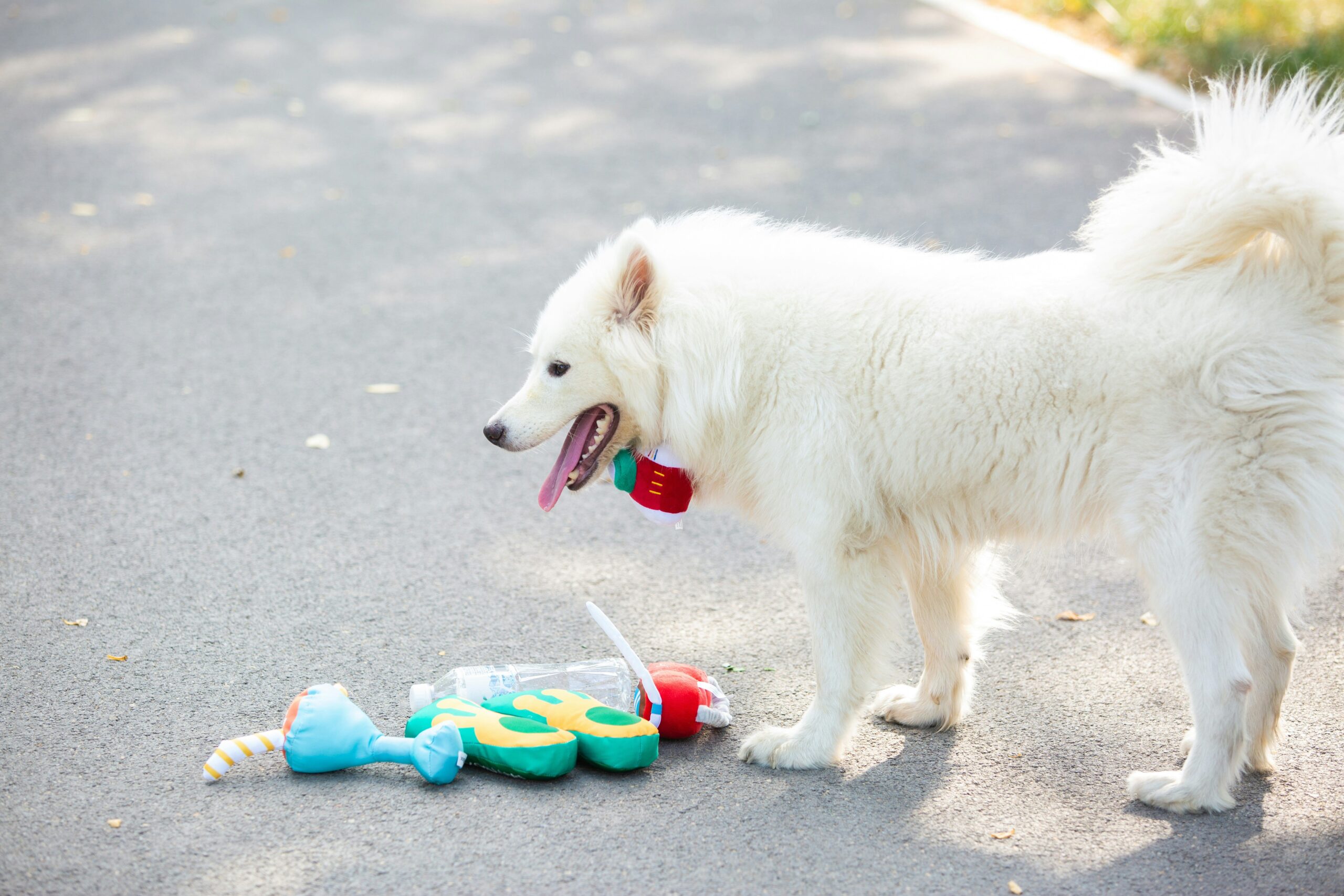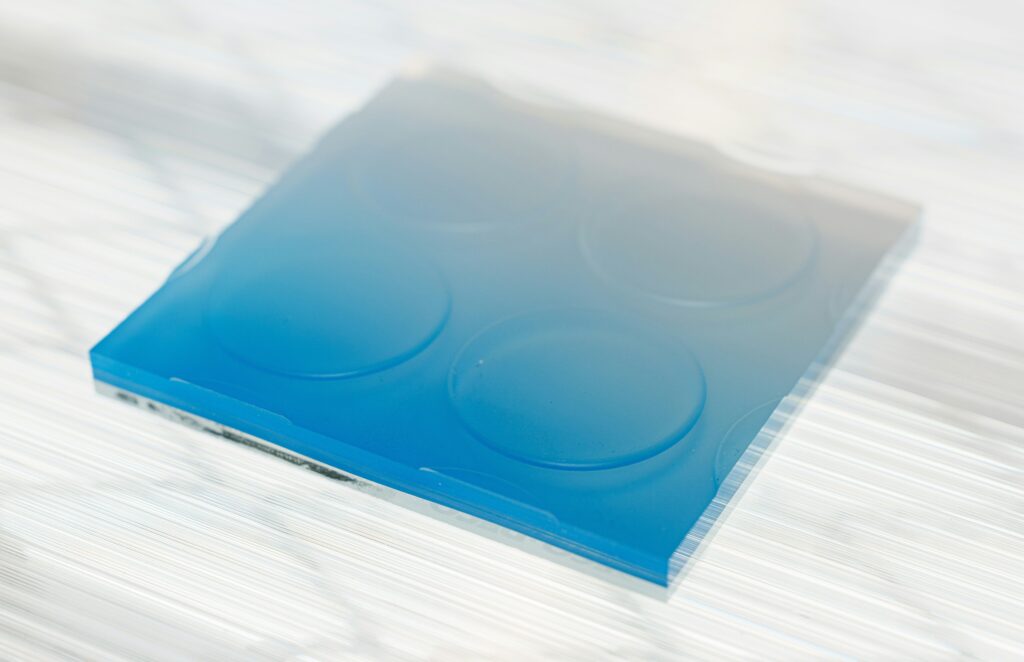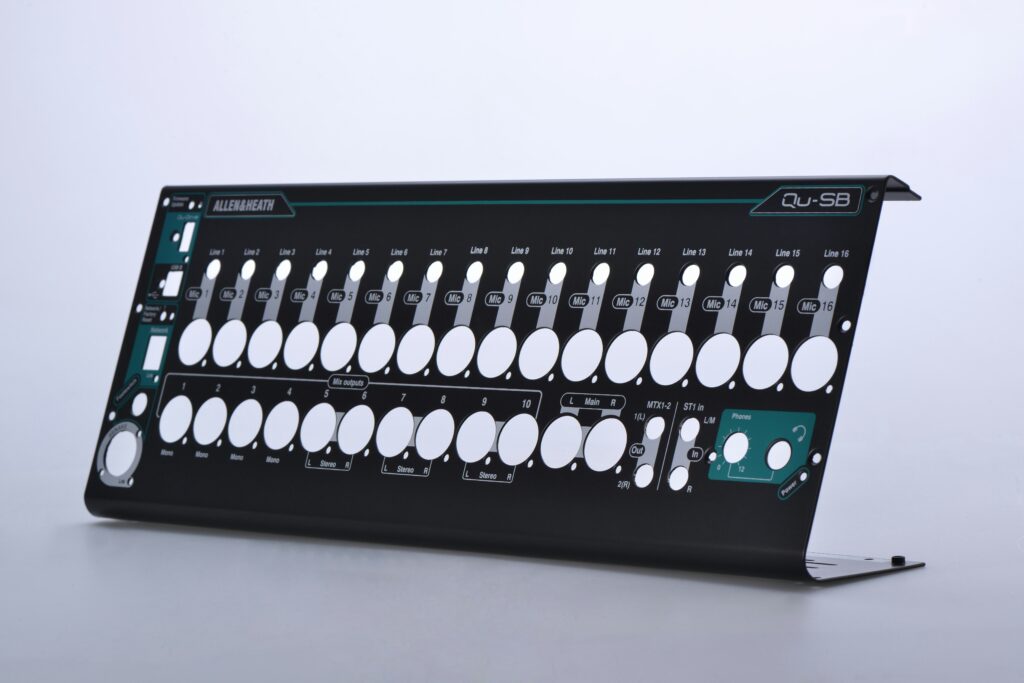Ever cringed at the sound of your dog gnawing on a shoe or your cat obsessively licking its paws? Yeah, it’s not just annoying—it could be a sign they’re bored or suffering from dental issues. Shockingly, over 80% of dogs and 70% of cats show signs of oral disease by age three. And let’s face it, no one wants their fur baby dealing with stinky breath, tooth decay, or pricey vet bills.
In this guide, we’ll dive into why vet-recommended dental toys are game-changers for pet care—and how you can find the perfect ones for your furry friends. You’ll learn about common mistakes pet owners make (like buying the wrong toy), get actionable tips, and even uncover some hilarious confessions along the way.
Table of Contents
- Key Takeaways
- The Dental Dilemma: Why Oral Health Matters
- Choosing the Right Vet-Recommended Dental Toy
- Best Practices for Using Dental Toys
- Real-Life Heroes: Success Stories with Dental Toys
- Frequently Asked Questions
- Conclusion
Key Takeaways
- Vet-recommended dental toys help reduce plaque buildup and keep pets entertained.
- Picking the right toy depends on factors like size, chew strength, and material safety.
- Avoid rubbery toys that break apart easily—they’re choking hazards!
- Rotate toys regularly to maintain interest and ensure effectiveness.
- Combine playtime with routine vet check-ups for optimal results.
The Dental Dilemma: Why Oral Health Matters
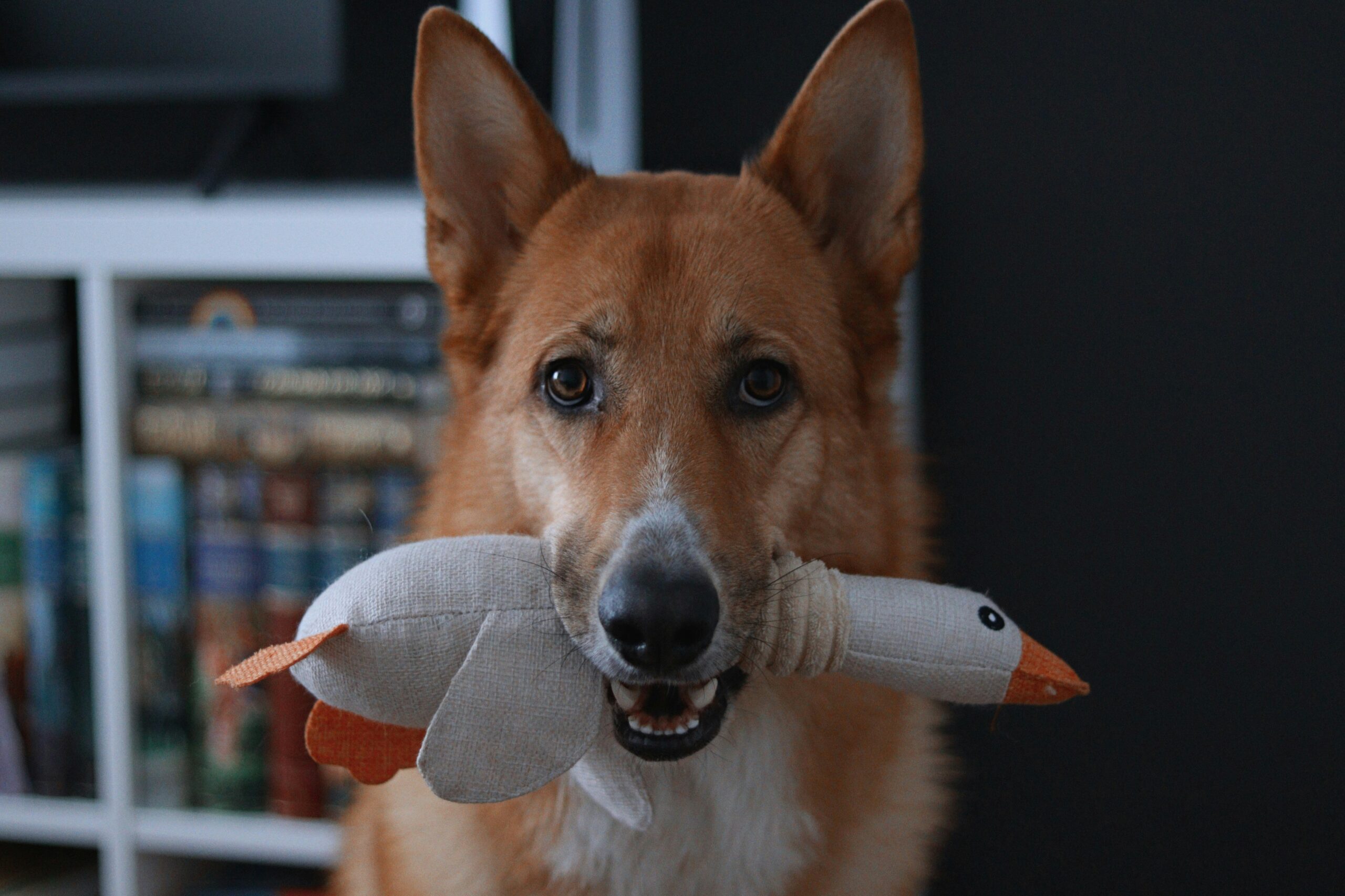
I’ll never forget the time I bought my Lab mix a super cute plush dinosaur toy. Two hours later, he’d shredded it into confetti, and I spent the next week vacuuming bits of stuffing off the floor. Ugh. That disaster taught me two things: 1) Dogs love destroying stuff, and 2) If you don’t invest in durable, purpose-built toys, you’re wasting money *and* risking their health.
“Optimist Me:” ‘Hey, all toys are great, right?’
“Grumpy Me:” ‘Nope. Some are chef’s kiss terrible for your pet’s teeth.’
The Importance of Dental Care
Here’s the deal: Poor oral hygiene doesn’t just lead to bad breath; it can cause infections, heart disease, and other serious conditions. Regular brushing is ideal, but let’s be real—how often do you actually brush your pup’s teeth? Enter vet-recommended dental toys. These nifty gadgets combine fun and function, helping clean those hard-to-reach spots while keeping boredom at bay.
Choosing the Right Vet-Recommended Dental Toy
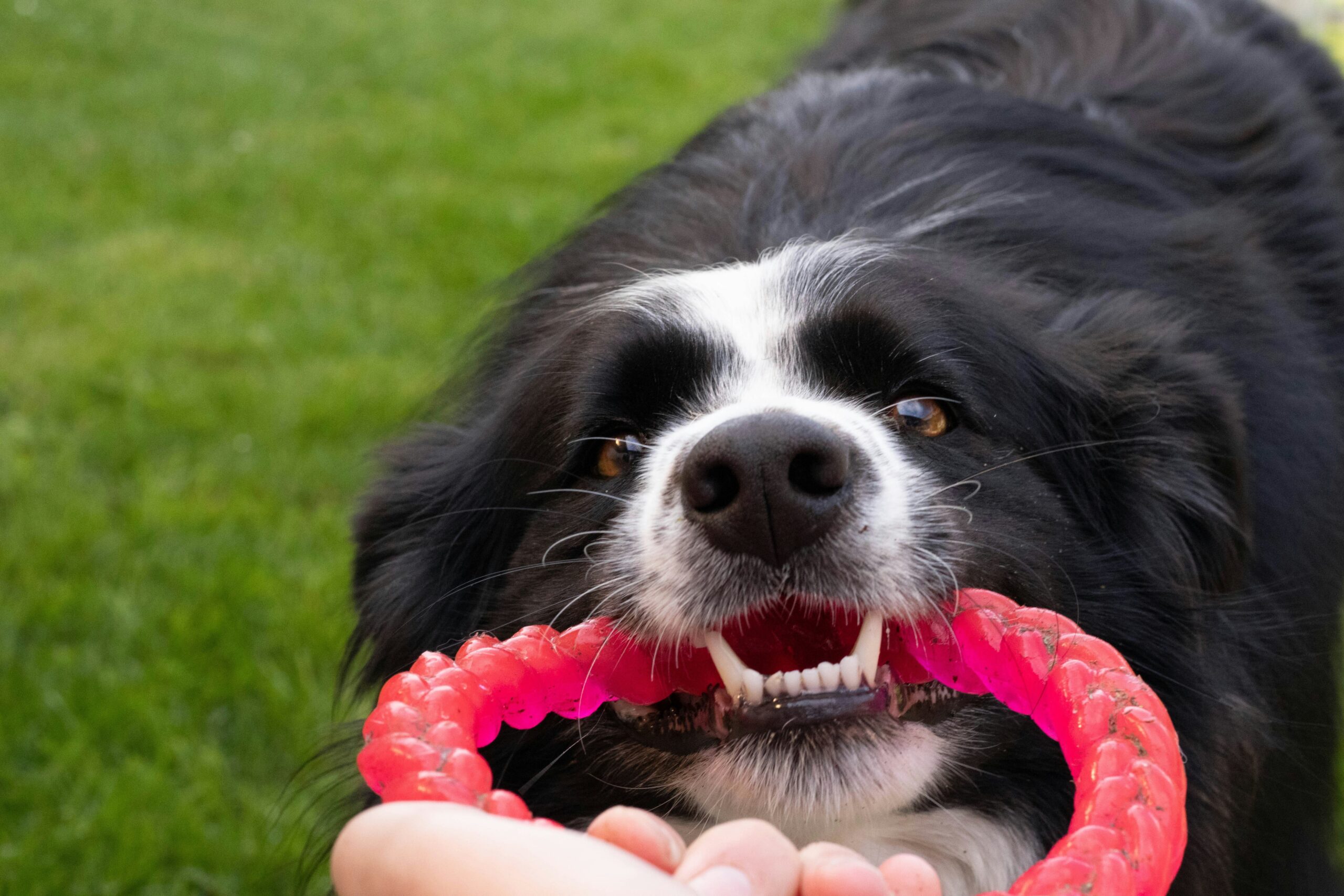
What Makes a Good Dental Toy?
Not all toys are created equal. Vet-recommended options typically have textured surfaces designed to scrub away tartar during play. They’re also made from non-toxic materials that withstand heavy chewing without breaking apart.
Actionable Steps:
- Consider Size & Chew Strength: Small breeds need smaller toys, while aggressive chewers require extra-durable options like nylon or rubber.
- Check Material Safety: Look for BPA-free plastics and FDA-approved ingredients.
- Test Durability: Squeeze the toy—if it feels flimsy, skip it.
- Look for Reviews: Pet forums and Amazon reviews can reveal hidden gems (or disasters).
Terrific Tip Turned Terrible
Pro tip gone wrong: I once bought a neon green chew ring because it promised “hours of entertainment.” Within 15 minutes, chunks were flying everywhere. My poor dog ended up swallowing a piece, and yes, there was an emergency vet visit. Lesson learned? Always prioritize durability over flashy marketing.
Best Practices for Using Dental Toys
1. Rotate Frequently
Pets lose interest if they see the same toy every day. Keep them engaged by switching up their options weekly.
2. Combine with Treats
Some dental toys double as treat dispensers. Fill them with peanut butter or kibble for added motivation.
3. Supervise Playtime
No matter how tough the toy claims to be, always supervise your pet—at least initially—to avoid accidents.
Real-Life Heroes: Success Stories with Dental Toys
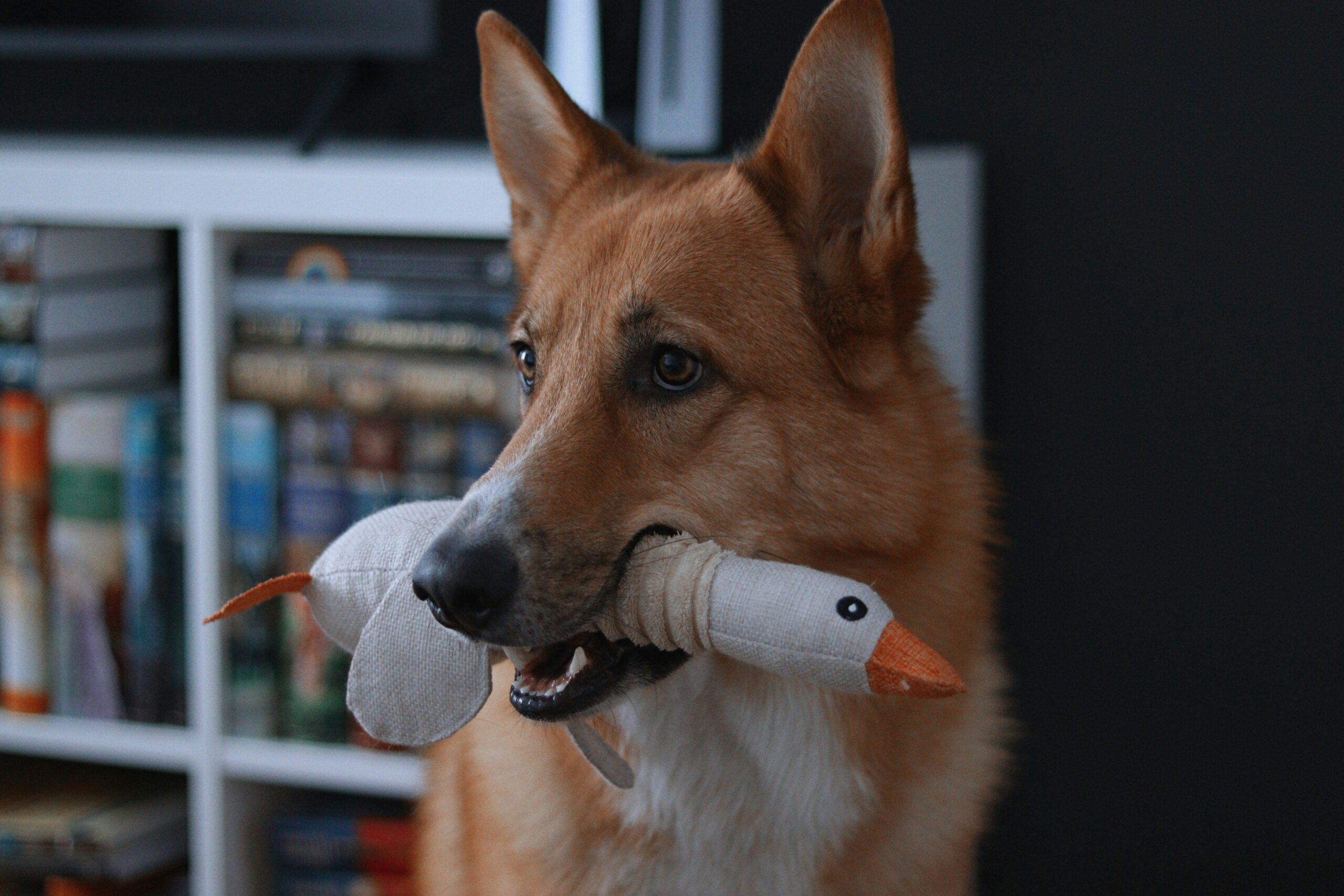
Meet Max, a scrappy Beagle who used to destroy everything in sight. His owner switched to vet-recommended dental chews and hasn’t had a single furniture casualty since. Then there’s Luna, a Persian cat whose gingivitis improved dramatically after playing daily with textured dental balls. These stories prove that the right toy can transform both behavior and health.
Frequently Asked Questions
Are Dental Toys Safe for Puppies/Kittens?
Absolutely—but choose softer options tailored to young pets’ developing teeth.
How Often Should I Replace Them?
Inspect for wear and tear monthly. If pieces are missing or the structure is compromised, replace immediately.
Can Dental Toys Replace Brushing?
They’re helpful supplements but shouldn’t fully replace brushing. Aim for a combo approach for best results.
Conclusion
Vet-recommended dental toys aren’t just accessories—they’re essential tools for ensuring your pet stays happy, healthy, and entertained. From choosing the right toy to implementing best practices, these strategies will pay dividends in both convenience and peace of mind.
So go ahead—treat your buddy to something special. After all, life’s too short for boring toys and smelly kisses.
“Like a Tamagotchi, your pet’s dental health needs daily TLC.”
